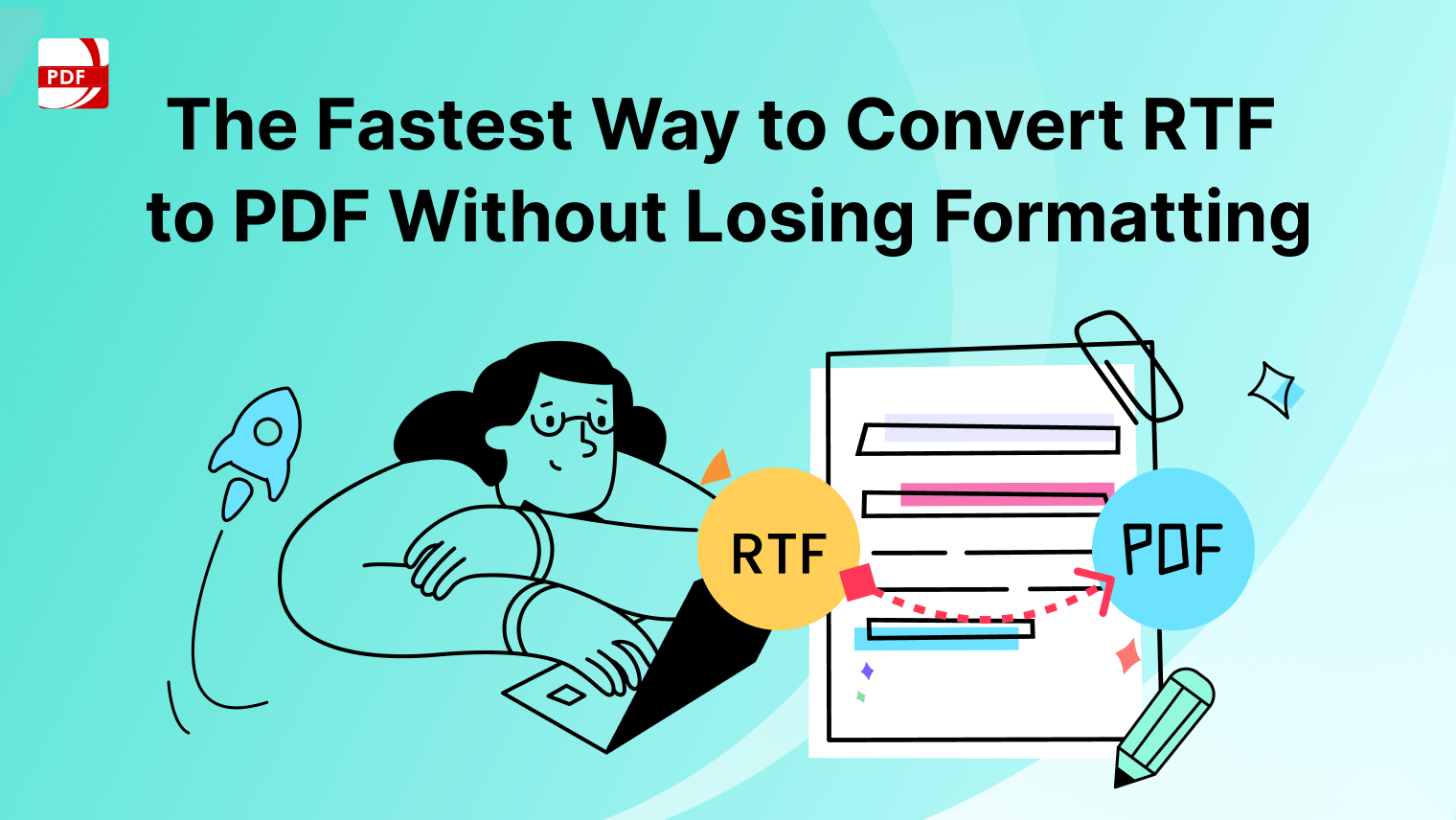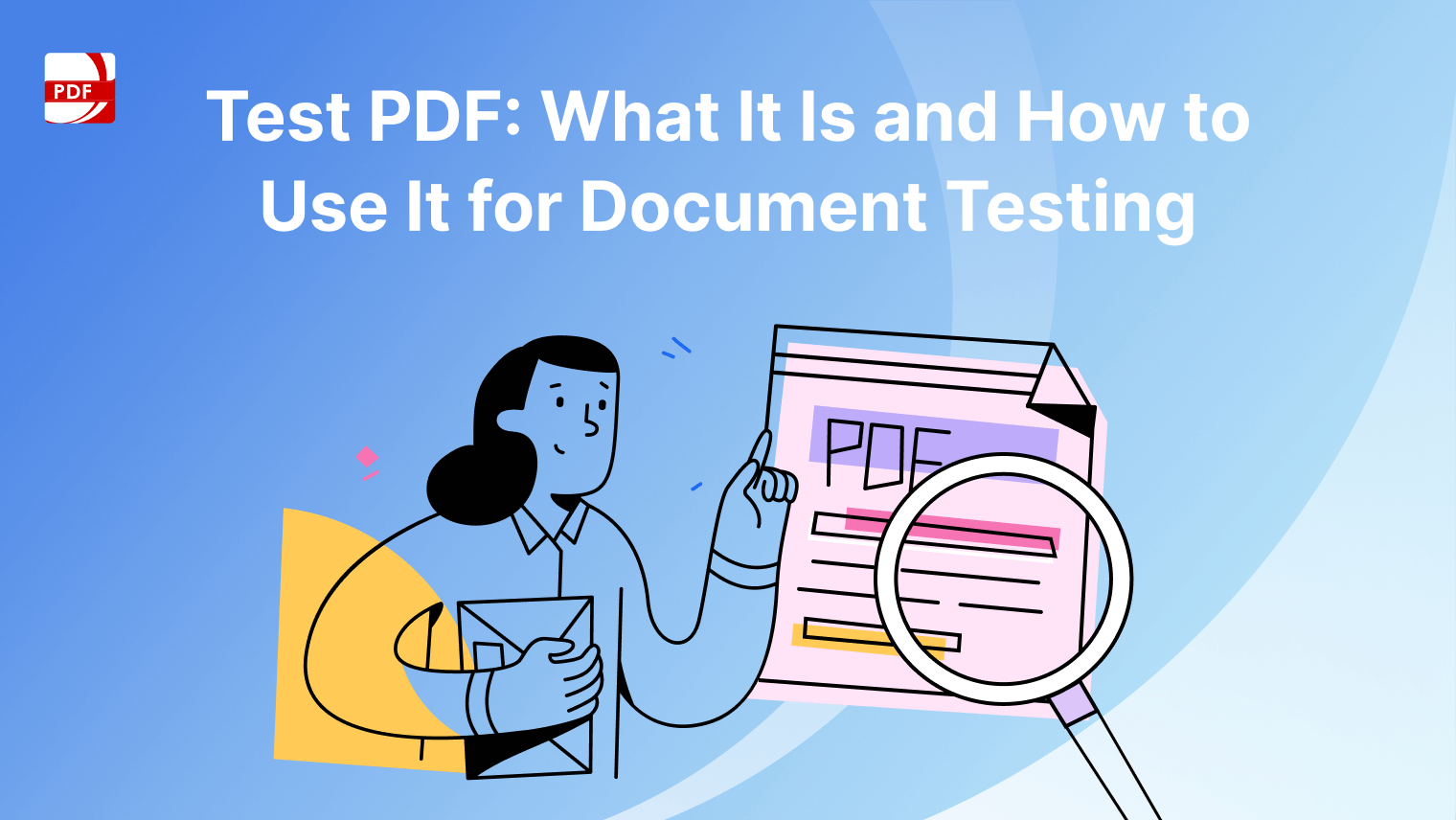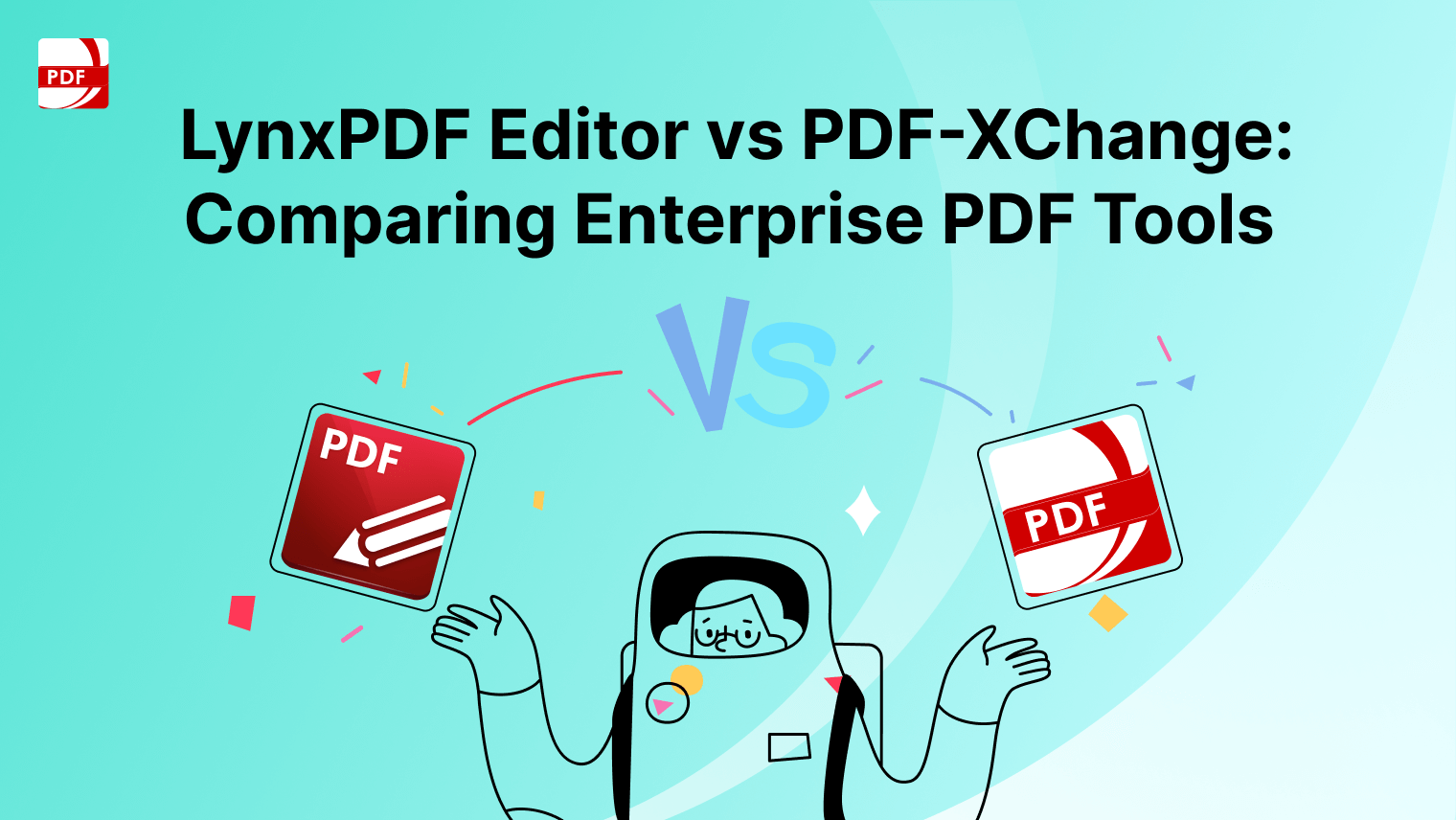Stumbled upon an HEIC file on your Mac and puzzled over what it is or how to transform it into a more common image format? Occasionally, Mac systems save images as HEIC files, a format that might not play well with certain software or pose difficulties when you want to share it.
While sharing HEIC images among other Apple devices requires no extra steps, the reality is different when it comes to non-Apple devices. Thankfully, converting your HEIC files to the much more universally accepted JPG format is a breeze, ensuring everyone can view your images, regardless of their device. This guide will walk you through how to execute this change in just five easy steps.
How to Convert HEIC to JPG on Mac
For Mac users, the quickest route to convert an HEIC file into a JPG format is utilizing the in-built Preview app.
If you foresee a recurring need for your images to be in JPG, consider altering your default image format from HEIC to JPG. While JPGs might be slightly more storage-intensive, they compensate with their high quality and universal accessibility.
Method 1
Step 1: Open Image in Preview
Locate your HEIC file, right-click, and select 'Open with > Preview' to launch the image.
Step 2: Initiate Export
Click on 'File' in the top menu, then choose 'Export' from the drop-down list.
Step 3: Change Format to JPG
In the export window, find the 'Format' drop-down menu. Select 'JPG' as your new format.
Step 4: Name and Select Destination
Quickly input a file name and choose where you want to save the new JPG file on your system.
Step 5: Complete the Process
Click 'Save' to finalize the conversion, creating a JPG version of your original HEIC file.
Method 2
Step 1: Control-Click the Image
Locate the image on your screen, hold down the 'Control' key, and simultaneously click the image with your mouse.
Step 2: Select "Quick Actions" and click "Convert Image"
Step 3: Select JPEG from the list
What are HEIC Files?
The HEIC format, short for High-Efficiency Image Container, is the go-to for iPhones and Macs when saving images.
This powerhouse format provides superior image compression, ensuring your photos maintain their quality while occupying minimal storage space.
Why Convert HEIC to JPG?
Despite the efficiency of HEIC files in preserving high-quality images in smaller sizes, they fall short in versatility.
Non-Apple products do not inherently support this format. To access these images on a PC, additional specialized software becomes a necessity.
On the other hand, JPG files are the universal currency in the image world. They might compromise slightly on image quality upon compression or extensive editing, but their compatibility is unparalleled — they're accessible on any device, across all platforms, and web browsers.
Opting to convert your HEIC files to JPG is primarily about expanding your sharing capabilities, ensuring your images are viewable by anyone, anywhere.
Discover our quick and accurate method for comparing PDFs on a Mac.
How to Convert HEIC to JPG on Mac: Best Practices
Converting HEIC files (High-Efficiency Image Container) to a more universal image format like JPG can help in ensuring compatibility across various platforms.
The HEIC format, introduced in iOS 11 and macOS High Sierra, is known for its efficient compression, but it's not as widely supported as JPG.
Here are some best practices for converting HEIC to JPG on Mac, especially using the Preview app, a built-in app known for maintaining image quality.
Understanding Image Formats
Before you start the conversion process, understand the difference between HEIC and JPG. HEIC is Apple's version of the high-efficiency image file format (HEIF), which stores high-quality images in smaller file sizes.
However, JPG is a more popular format, recognized by most operating systems and applications. It's crucial to convert images into a photo format that balances quality and storage efficiency.
Use the Preview App for Best Results
For Mac users, the Preview app is the go-to solution. Not only does it let you view image files, but it's also a handy tool for simple edits and conversions.
Preview maintains the image quality of the original files, avoiding unnecessary degradation, especially when adjusting the file size.
-
Converting Using the Menu Bar: Open your image in Preview, found easily on MacOS Monterey as it is the default photo file format viewer. Navigate to the 'File' option in the menu bar, then select 'Export.' Use the drop-down menu to select 'JPG' as your preferred format. The format dropdown menu is a powerful feature, allowing a choice among various file formats.
-
Manage File Size Without Losing Quality: When saving an image, you can adjust the quality slider in the Preview app. This control alters the compression level, affecting the file's size and quality. For high-quality prints, use a lower compression level. For web uploads or sharing, a higher compression level may be more suitable, considering the limits of online forms.
-
Consider Image Metadata and Color Profiles: Converting your image type may affect its metadata and color profiles. Ensure your conversion methods retain the critical image metadata, which stores information about the image. Color profiles are equally important, affecting how colors appear on various screens.
-
Keep Original Files Intact: Before making any changes, duplicate the HEIC file. Conversions might not always go as planned, and you might need to refer back to the original high-efficiency image file format. Keep the original files in a separate folder until you're sure you're satisfied with the conversion results.
-
Compatibility with Operating Systems: If you're sharing images with users on different operating systems, converting from HEIC to JPG is advisable. The JPG is a widely accepted and popular format, ensuring that the recipient can easily view, edit, or print the image.
"PDF Reader Pro is an amazing tool for individuals and for business. It's annotation and editing help me with my daily tasks and allows for collaboration amongst my team and I.Naaziyah IsmailB2B SaaS Content WriterSource: LinkedIn
By following these best practices, you can efficiently manage your digital images, ensuring they're in the right format for any purpose without sacrificing quality. Remember, while tools like PDF Reader Pro offer more sophisticated features for PDFs, your Mac's built-in applications are sufficiently powerful for basic image conversions.
How to Convert HEIC to JPG on Mac: FAQ
Can I Select from a Menu of Image Types for Conversion?
When using built-in tools on your Mac, such as the Preview app, you often have a range of options for the image file format you'd like your files converted to.
While the default image format might be HEIC, especially for photos taken on newer Apple devices, these tools allow you to select JPG among other formats during the image conversion process. This versatility ensures you can match the format to your specific needs for every task.
Is Single Image Conversion Different from Batch Image Conversion?
Indeed, there's a distinction. Converting a single image is straightforward and done on a case-by-case basis, ideal for a small number of files. However, if you have a bunch of images to convert, you'll want to utilize batch image conversion.
This process allows you to convert multiple HEIC files simultaneously, saving time and ensuring consistency across all finished images. Tools like PDF Reader Pro enhance this process, offering efficient batch conversion tools.
How Does Built-In "Convert Image" Functionality Assist?
The convenience of the "Convert Image" feature on Mac lies in its simplicity and directness. This built-in functionality is part of the macOS, and it integrates seamlessly with your workflow.
It's especially useful for quick conversions without needing to delve into complex settings or navigate through multiple apps. You can achieve a quick, one-time conversion of images, ensuring they're in a compatible format for any platform.
Does Conversion Affect Image Quality?
Converting your HEIC-formatted image to a JPG or another file format image can potentially alter the image's quality. This change largely depends on the compression settings you choose during the conversion.
HEIC files generally retain a higher-quality image in a smaller file size compared to JPGs. However, you can mitigate quality loss by selecting the appropriate settings during the image conversion, ensuring your photos remain crisp and clear.
Can I Convert Images Directly in My Photo Library?
Yes, Mac's built-in photo library allows for the conversion of images. Whether you have single images or a bunch of photos, you can convert them without exporting them from the library, maintaining organization and saving time.
This method streamlines the process, especially for users who manage large collections of images and need consistent formats for sharing or printing.
Do I Need an Online Tool for Image Conversion?
While online tools provide additional features, especially for batch image conversion, they aren't strictly necessary.
Mac users have robust tools built directly into their operating system, capable of handling most image conversion needs without requiring third-party solutions. However, for more complex tasks, such as extensive image post-processing or dealing with non-standard formats, professional tools like PDF Reader Pro might be beneficial.
By understanding these aspects, you can handle your HEIC to JPG conversions on a Mac more efficiently, ensuring excellent outcomes for your image management needs.



